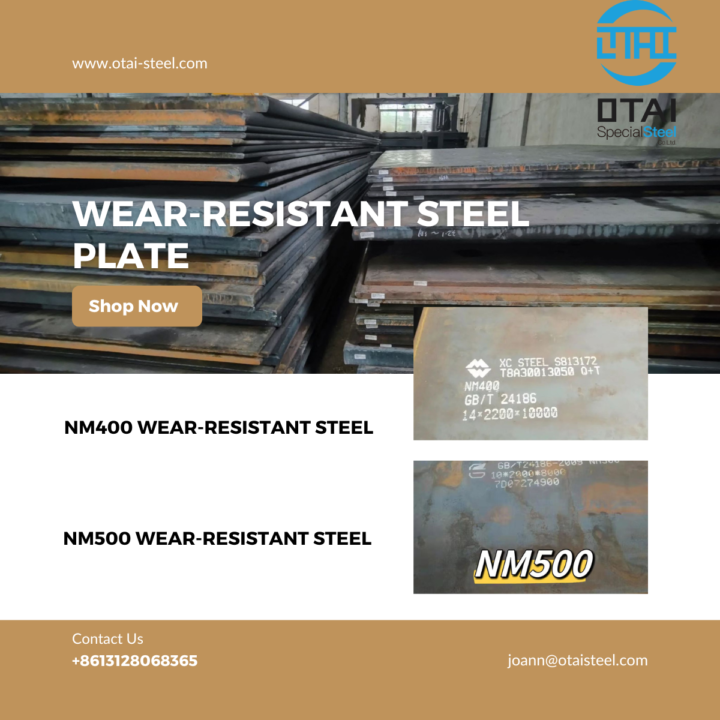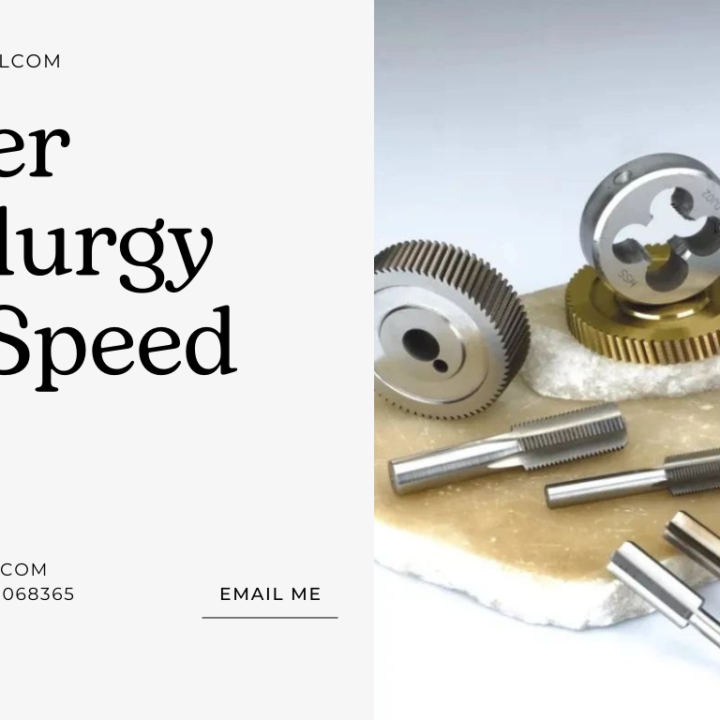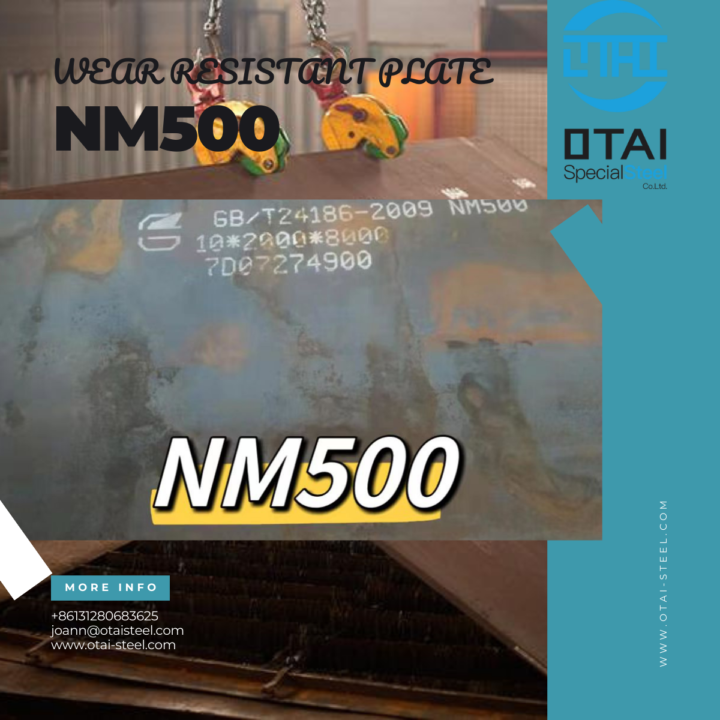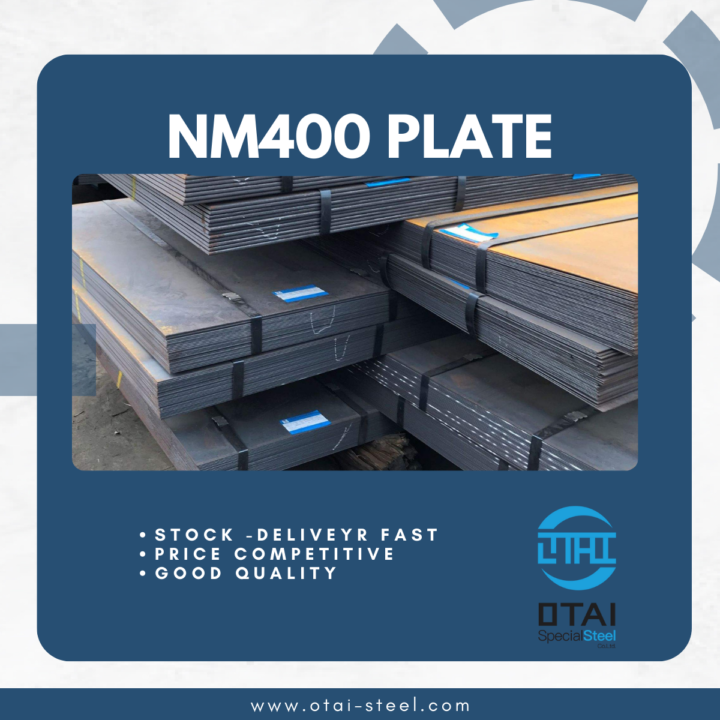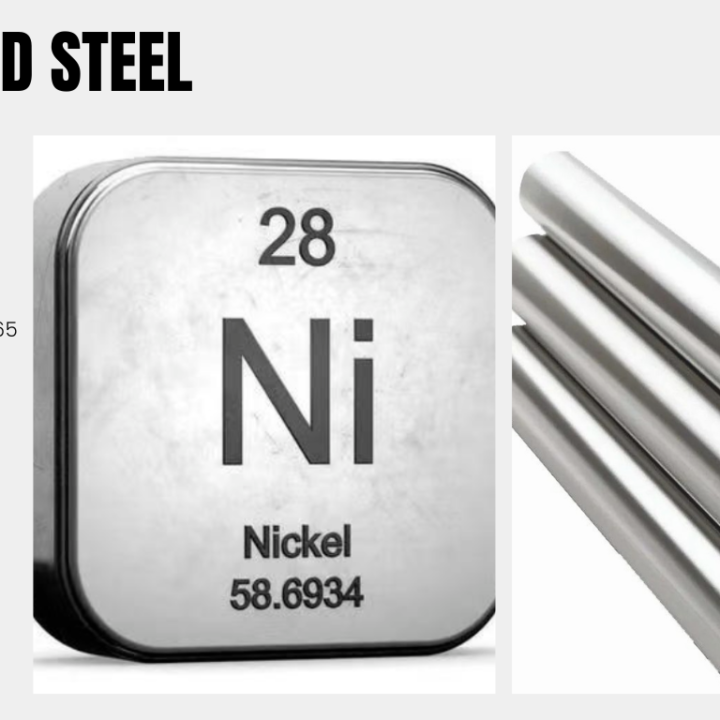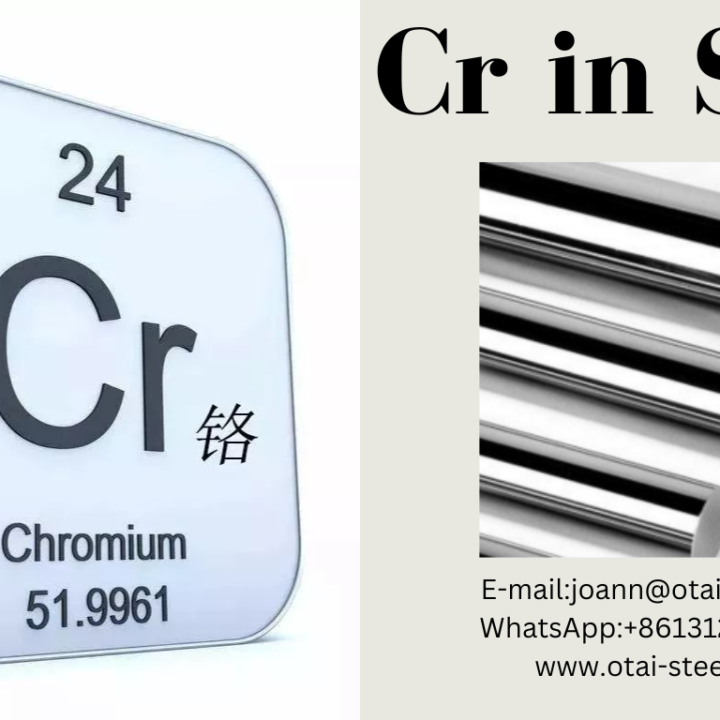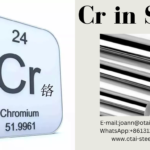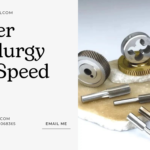Hot rolled and forged are two normal process method for steel .
What is hot rolling:
The metal blank is passed through the gap between a pair of rotating rollers (in various shapes). Due to the compression of the rollers, the cross section of the material is reduced and the length is increased. This is the most common production method for producing steel. It is mainly used to produce profiles, Plates and pipes. At present, the most common one is continuous casting and rolled.
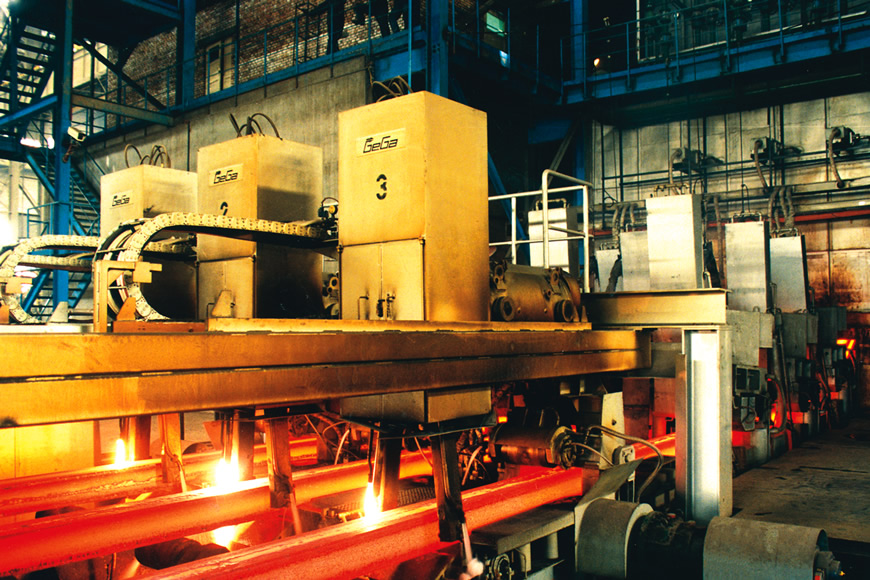 Advantages of hot rolled
Advantages of hot rolled
It can destroy the casting structure of the steel ingot, refine the grains of the steel, and eliminate defects in the microstructure, thereby making the steel structure dense and improving the mechanical properties. This improvement is mainly reflected in the rolled direction, so that the steel is no longer isotropic to a certain extent; bubbles, cracks and looseness formed during pouring can also be welded under high temperature and pressure.
Disadvantages of hot rolled
- After rolled, the non-metallic inclusions (mainly sulfides, oxides, and silicates) inside the steel are pressed into thin sheets, resulting in delamination (sandwiching). Delamination greatly deteriorates the tensile properties of the steel along the thickness direction and may cause interlaminar tearing as the weld shrinks. The local strain induced by weld shrinkage often reaches several times the yield point strain, which is much larger than the strain caused by load.
- Residual stress caused by uneven cooling. Residual stress is the internal self-balanced stress in the absence of external force. Hot-rolled steel sections of various sections have such residual stress. Generally, the larger the cross-section size of the section steel, the greater the residual stress. Although residual stress is self-balanced, it still has a certain impact on the performance of steel components under the action of external forces. For example, it may have adverse effects on deformation, stability, fatigue resistance, etc.
- Hot-rolled steel products are difficult to control in terms of thickness and edge width. We are familiar with thermal expansion and contraction. Even if the length and thickness are up to standard after hot rolled at the beginning, there will still be a certain negative difference after cooling. The wider the side width and the thicker the thickness, the more obvious this negative difference will be. Therefore, for large-sized steel, the side width, thickness, length, angle, and edge lines of the steel cannot be too precise.
What is forged:
It is a processing method that uses forged machinery to exert pressure on metal blanks to cause plastic deformation to obtain forgings with certain mechanical properties, shapes and sizes. It is one of the two major components of forged (forging and stamping).
Forging can eliminate defects such as loose as-cast metal produced during the smelting process and optimize the microstructure. At the same time, due to the preservation of complete metal streamlines, the mechanical properties of forged are generally better than castings of the same material. Important parts in related machinery with high loads and severe working conditions mostly use forged, except for simple shapes that can be rolled plates, profiles or welded parts.
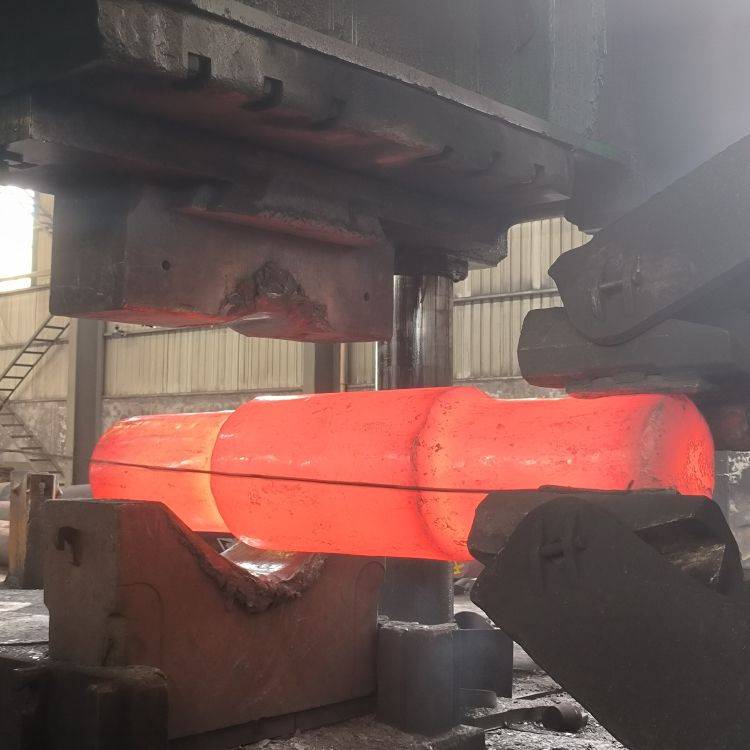 Advantages of forged
Advantages of forged
- Changes in mechanical properties: Compared with forged and castings, metal can improve its organizational structure and mechanical properties after forged. After the casting structure is deformed by hot processing by the forged method, due to the deformation and recrystallization of the metal, the original coarse dendrites and columnar grains change into an equiaxed recrystallization structure with finer grains and uniform size, causing the original segregation and recrystallization in the steel ingot. The porosity, pores, slag inclusions, etc. are compacted and welded, and the structure becomes denser, improving the plasticity and mechanical properties of the metal.
- Longer service life: In addition, the forging process can ensure the continuity of the metal fiber structure, so that the fiber structure of the forging is consistent with the shape of the forging, and the metal streamlines are complete, ensuring that the parts have good mechanical properties and long service life. Forgings produced by precision die forging, cold extrusion, warm extrusion and other processes
Disadvantages of forged
- The surface is rough. After forging, the oxide layer is often easily formed on the surface of the steel and the parts are uneven, resulting in uneven surface appearance and large tolerances.
- The cost is higher. Due to the relatively low production efficiency of forging processing and the relatively high performance requirements, the yield rate is lower than other methods, so the production cost is more expensive than ordinary processing methods.
Comparison between hot rolled and forged
- Different processing methods: hot rolled is continuous production, formed by two-way pressure rolled, usually continuous casting and rolling; forged is discontinuous production, usually three-way stress
- The organizational structure is different. The internal structure of forging is relatively denser, so there are relatively fewer porosity and shrinkage defects, so the strength and polishing performance are superior. Therefore, there is a difference in the use of forged and hot-rolled materials. For example: 1.2311, 718 forged plates, customers require etching treatment, and it is generally recommended that customers use forged materials because they are loose, shrinkage, and dense inside. sex is better
- The appearance, size and tolerance are different. The hot-rolled appearance is smoother and more uniform, and the tolerance is smaller. The thickness tolerance of the rolled plate is about 0-2mm. The tolerance of the round steel is determined according to the size, but it is generally within 0-3mm; overall forged.Generally speaking, the surface is rough and the tolerance range is also large, generally 0-5mm.
- The service life of the two is different, because the difference between the transverse and radial mechanical properties of forged is small, that is to say, the isotropy of forged is much higher than that of rolled parts, so the service life of forged is much longer higher than rolled products.
- In terms of processing costs, the cost of forged is much higher than the cost of ho rolled. For some key parts, workpieces that bear large loads or impacts, workpieces with complex shapes or very strict requirements, the forging process must still be used. processed.
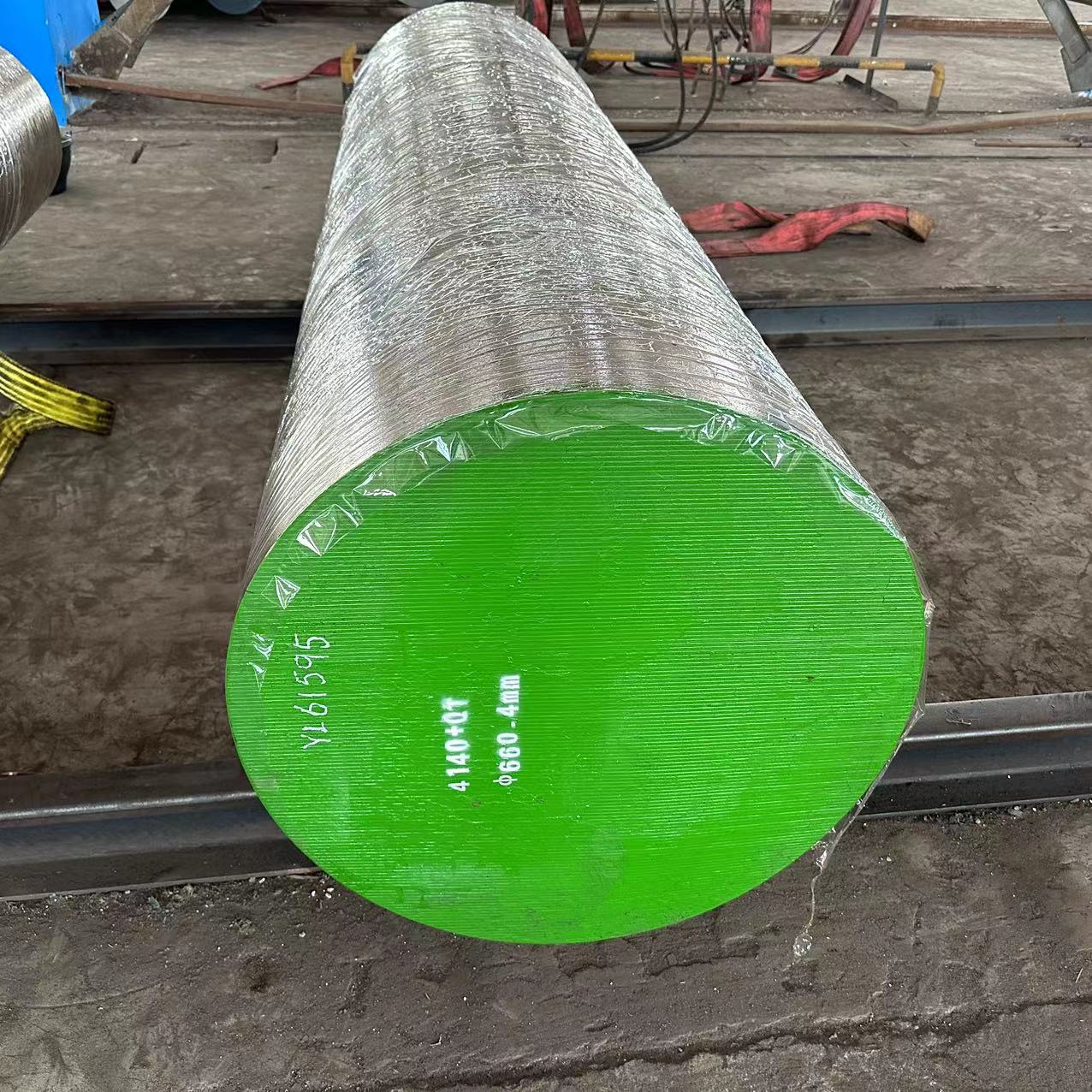 How to choose?
How to choose?
- Generally alloy steels such as 4140, 4340, 8620, carbon steels such as 1020, 1045, 1050, etc., with a diameter/thickness of 300mm or more are forged. If it is tool steel, such as 1.2379/D2, 1.2344/H13, O1/1.2550, etc., Diameter/thickness above 60mm are all forged. Choose forged or hot rolled according to the required size.
- If it is used in important mold parts or parts that bear greater impact, such as the mold core, you need to choose forged. However, if you need to control costs, you can choose hot-rolled materials in some less important parts, such as the mold frame.
- Choose a suitable and stable supplier. A stable supplier can recommend the most suitable products to customers based on the uses and requirements of the products they need. Aotai Special Steel has been in the steel industry for more than 25 years and has professional product knowledge. Its inventory of 4140/42CrMo4 exceeds 3,000 tons and tool steel exceeds 1,000 tons. It also supplies stainless steel, high-speed steel, and carbon steel.
